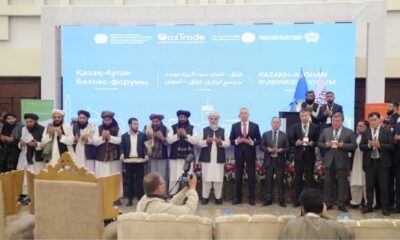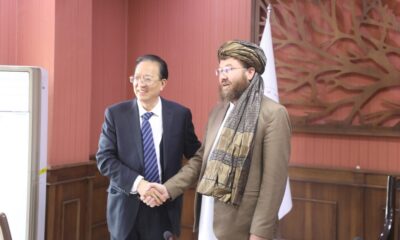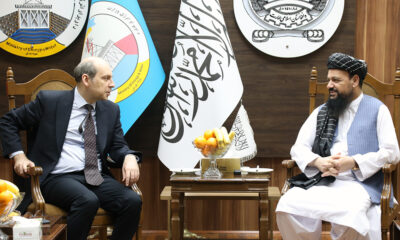Regional
He predicted Turkey’s horror. Now he warns again
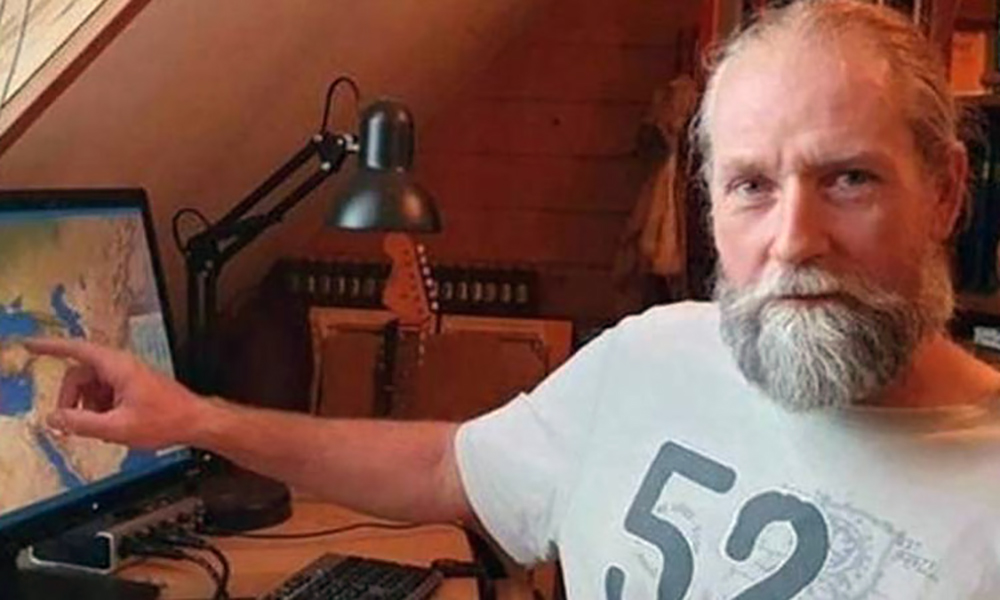
Dutch seismologist Frank Hoogerbeets predicted the devastating earthquakes in Turkey and Syria last month, has said the world could be hit by another major earthquake in the coming days.
The first week of March will be “extremely critical”, Frank Hoogerbeets said in a video on YouTube on Monday.
“A convergence of critical planetary geometry around 2 and 5 March may result in large to very large seismic activity, possibly even a mega-thrust earthquake around 3-4 March and/or 6-7 March”, it is stated in the description of the clip.
In the video itself, the seismologist claimed that the strength of the alleged upcoming earthquake “could be over 8 on the Richter scale.”
The affected area could stretch for thousands of kilometers, from the Kamchatka Peninsula and the Kuril Islands in the Russian Far East, all the way to the Philippines and Indonesia, Hoogerbeets said.
“I’m not exaggerating. I’m not trying to create fear. This is a warning,” insists the scientist, who works at the Geometric Survey of the Solar System (SSGEOS).
On February 3, Hoogerbeets posted a tweet that read: “Sooner or later a magnitude 7.5 earthquake will occur in this region (South Central Turkey, Jordan, Syria, Lebanon).” Three days later, a magnitude 7.8 earthquake struck Turkey and Syria. The disaster caused the death of more than 50,000 people, and strong aftershocks continue in the region to this day.
Dutch’s seismologist Hoogerbeets has made predictions over the years that have not come true.
Commenting on his work earlier this month, Susan Huff of the US Geological Survey insisted that no scientist “has ever predicted a major earthquake”.
Huff told NPR that the direct forecast for the earthquakes in Turkey and Syria was just a coincidence.
Regional
At least 20 feared killed in militant attack on tourists in Indian Kashmir, security sources say
One security source put the death toll at 20; the second put it at 24 and the third at 26. All three spoke on condition of anonymity as they were not authorised to speak to the media.
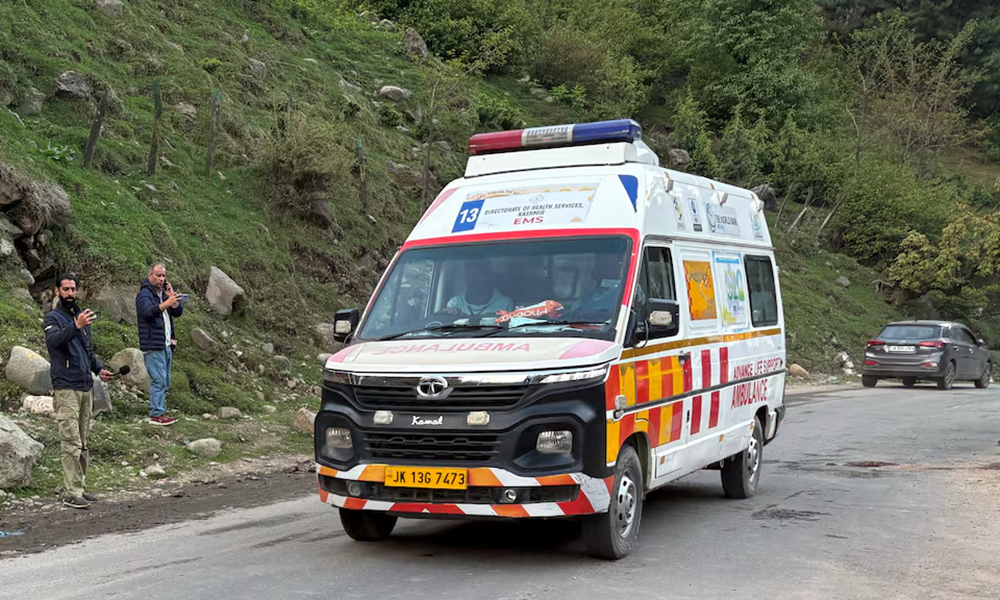
At least 20 people were feared killed after suspected militants opened fire on tourists in India’s Jammu and Kashmir territory on Tuesday, three security sources said, the worst attack on civilians in the troubled Himalayan region for years, Reuters reported.
The attack occurred in Pahalgam, a popular destination in the scenic, mountainous region where mass tourism, especially during the summer, has resurged as Islamist militant violence has eased in recent years.
One security source put the death toll at 20; the second put it at 24 and the third at 26. All three spoke on condition of anonymity as they were not authorised to speak to the media.
“The firing happened in front of us,” one witness told broadcaster India Today, without giving his name. “We thought someone was setting off firecrackers, but when we heard other people (screaming), we quickly got out of there … saved our lives and ran.”
“For four kilometers, we did not stop … I am shaking,” another witness told India Today.
The attack occurred in an off-the-road meadow and two or three militants were involved, the Indian Express newspaper reported, citing an unidentified senior police officer.
“The death toll is still being ascertained so I don’t want to get into those details,” Jammu and Kashmir Chief Minister Omar Abdullah said in a post on X. “Needless to say, this attack is much larger than anything we’ve seen directed at civilians in recent years.”
The nationalities of the victims were not immediately known, read the report.
A little-known militant group, the “Kashmir Resistance,” claimed responsibility for the attack in a social media message. It expressed discontent that more than 85,000 “outsiders” had been settled in the region, spurring a “demographic change”.
“Consequently, violence will be directed toward those attempting to settle illegally,” it said.
Reuters could not independently verify the source of the message.
The regional government of Jammu and Kashmir, where Pahalgam is located, told its legislature this month that nearly 84,000 non-locals, from within India, had been given domicile rights in the territory in the last two years.
“Those behind this heinous act will be brought to justice … They will not be spared!” Indian Prime Minister Narendra Modi posted on X. “Their evil agenda will never succeed. Our resolve to fight terrorism is unshakable and it will get even stronger.”
Indian Home Minister Amit Shah said he was rushing to Kashmir to hold a security meeting.
In Washington, the White House said U.S. President Donald Trump had been briefed on what a White House spokesperson described as a “brutal terrorist attack.”
India’s foreign ministry subsequently said Trump called Modi and “expressed full support to India to bring to justice the perpetrators of this heinous attack.”
Militant violence has afflicted the Himalayan region, claimed in full but ruled in part by both India and Pakistan, since an anti-Indian insurgency began in 1989. Tens of thousands of people have been killed, although violence has tapered off in recent years, Reuters reported.
India revoked Kashmir’s special status in 2019, splitting the state into two federally administered territories – Jammu and Kashmir, and Ladakh. The move allowed local authorities to issue domicile rights to outsiders, allowing them to get jobs and buy land in the territory.
That led to a deterioration of ties with Pakistan, which also claims the region. The dispute has spurred bitter animosity and military conflict between the nuclear-armed neighbours.
Attacks targeting tourists in Kashmir have become rare. The last deadly incident took place in June 2024 when at least nine people were killed and 33 injured after a militant attack caused a bus carrying Hindu pilgrims to plunge into a deep gorge.
Some major militant attacks during the height of the insurgency coincided with visits from high-profile foreign officials to India, in likely attempts to draw global attention to Kashmir, Indian security agencies have said.
Tuesday’s attack came a day after U.S. Vice President JD Vance began a four-day, largely personal visit to India.
Regional
Iran’s top diplomat to visit China on Tuesday
In a trip to Moscow last week, Araqchi told state TV that Tehran always closely consults with its friends, Russia and China, over the nuclear issue.
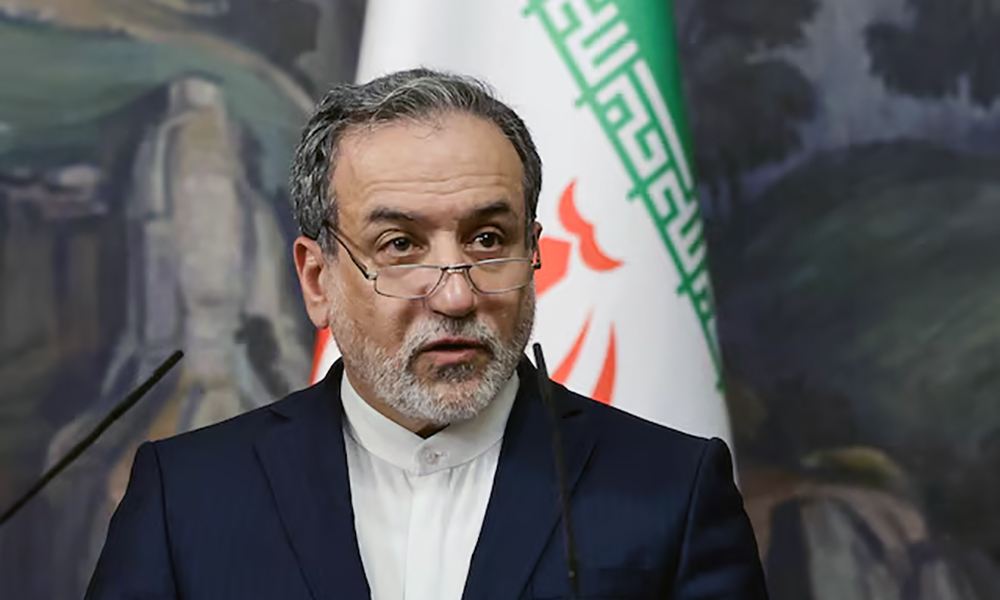
Iran’s Foreign Minister Abbas Araqchi will visit China on Tuesday, foreign ministry spokesperson Esmaeil Baghaei said on Monday, ahead of a third round of nuclear talks between Tehran and Washington due on Saturday in Oman.
In a trip to Moscow last week, Araqchi told state TV that Tehran always closely consults with its friends, Russia and China, over the nuclear issue.
“It is natural that we will consult and brief China over the latest developments in Iran-U.S. indirect talks,” Baghaei said, adding that Beijing can play a constructive role in this process.
Long-time foes Iran and the U.S. started negotiations earlier this month with the aim of placing limits on Tehran’s nuclear programme, which Western powers say is geared toward developing nuclear weapons.
Tehran has long denied such accusations and seeks in exchange the lifting of U.S. sanctions that were re-imposed by President Donald Trump during his first term in office (2017-2021), when he withdrew from a 2015 nuclear pact between Iran and world powers, including China and Russia.
Since taking office in January, Trump has ratcheted pressure on Iran and has for the first time sanctioned Chinese “teapot” refineries – small, independent plants – that process Iranian crude oil and have provided an economic lifeline to Tehran’s squeezed economy.
“The policy of maximum pressure is not just against Iran but also other countries and goes against freedom of trade. In the case of China, sanctions also seek to disrupt south-south cooperation,” Baghaei said.
Beijing accounted for at least 77% of Iran’s roughly 1.6 million bpd of exported crude in 2024, according to analytics firm Kpler. The value of Iran’s crude sales to China is not officially disclosed, but a Reuters calculation puts the trade at nearly $29 billion last year, assuming a 20% discount to Brent crude prices to include the cost of logistics.
“China and Iran have maintained exchanges and contacts at all levels and in various fields. With regard to the specific visit mentioned, I have no information to offer at the moment,” Chinese Foreign Ministry spokesperson Guo Jiakun said on Monday regarding Araqchi’s upcoming visit.
Regional
JD Vance arrives in India, to hold talks with Modi under US tariffs shadow
Vance landed at New Delhi’s Palam airport on Monday following a visit to Rome, where he held a private meeting with Pope Francis on Easter Sunday
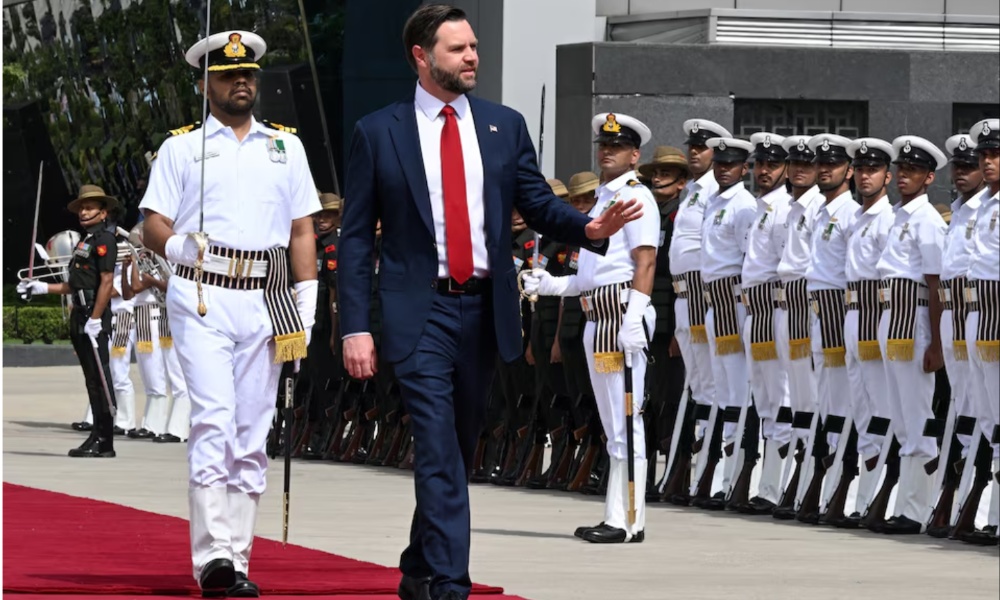
U.S. Vice President JD Vance began a four-day visit to India on Monday and will hold talks with Prime Minister Narendra Modi, as New Delhi rushes to avoid steep U.S. tariffs with an early trade deal and boost ties with the Trump administration.
Their discussions will cover the first day of Vance’s largely personal visit to the country with his family, which includes visiting the Taj Mahal and attending a wedding in the city of Jaipur, Reuters reported.
Vance’s wife, Usha, is the daughter of Indian immigrants.
Vance landed at New Delhi’s Palam airport on Monday following a visit to Rome, where he held a private meeting with Pope Francis on Easter Sunday.
Modi and Vance are expected to review progress made on the bilateral agenda outlined in February when the Indian leader met President Donald Trump in Washington. It includes “fairness” in their two-way trade and growing their defence partnership.
The Indian prime minister was one of the first world leaders to meet Trump after he took office, and Reuters has reported that his government is open to cutting tariffs on more than half of its imports from the U.S., which were worth a total $41.8 billion in 2024, as part of a trade deal.
However, the U.S. president has continued to call India a “tariff abuser” and “tariff king”.
“We are very positive that the visit will give a further boost to our bilateral ties,” Indian foreign ministry spokesperson Randhir Jaiswal told reporters on Thursday, speaking about Vance’s engagements in India.
The U.S. is India’s largest trading partner and their two-way bilateral trade reached $129 billion in 2024, with a $45.7 billion surplus in favour of India, U.S. government trade data show.
Officials in New Delhi are expecting to clinch a trade deal with the U.S. within the 90-day pause on tariff hikes announced by Trump on April 9 for major trading partners, including Delhi.
Vance’s tour in India is also seen as laying the ground for Trump’s visit to the country later in the year for the summit of leaders of the Quad grouping that includes India, Australia, Japan and the U.S.
-

 Latest News5 days ago
Latest News5 days agoAzizi and Ishaq Dar discuss bilateral issues in Islamabad
-
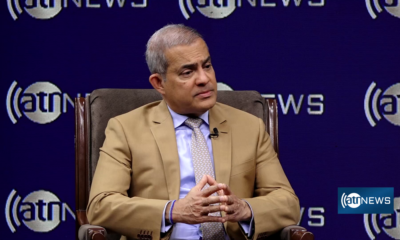
 Latest News4 days ago
Latest News4 days agoEngagement and diplomacy key to solving Afghanistan’s challenges, says Ratwatte
-

 Sport4 days ago
Sport4 days agoAfghanistan qualify for U19 Cricket World Cup 2026
-

 Regional4 days ago
Regional4 days agoDeadliest US strike in Yemen kills 74 at oil terminal, Houthis say
-

 World5 days ago
World5 days agoTrump signals tit-for-tat China tariffs may be near end; TikTok deal on ice
-
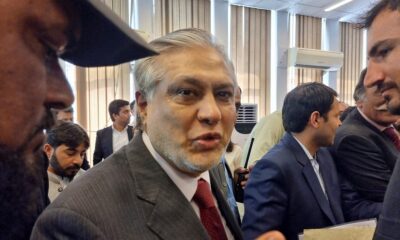
 Latest News5 days ago
Latest News5 days agoPakistan’s deputy prime minister to visit Kabul Saturday
-

 Science & Technology5 days ago
Science & Technology5 days agoNASA rover finds fresh evidence of the warm and wet past of Mars
-
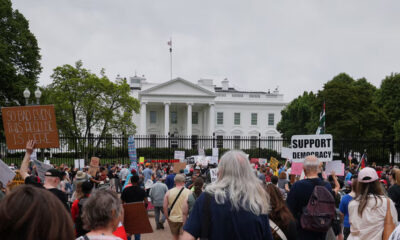
 World3 days ago
World3 days agoThousands of protesters rally against Trump across US




